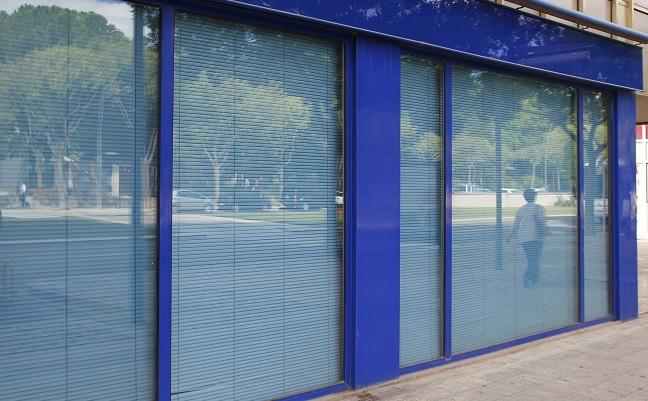Patients Stop CVD Medications When Their Pharmacy Closes
A pharmacy closing adversely impacts access to CVD medications in neighborhoods with limited options, say researchers.

Closing a pharmacy has a significant impact on adherence to cardiovascular medications, particularly in low-income, urban neighborhoods, according to the results of a new study.
Adults who had previously filled prescriptions at a now-closed pharmacy were less likely to be adherent to statins, beta-blockers, and oral anticoagulants in the first 3 months after the business closed than those who filled prescriptions at a still-operational pharmacy.
“We know that the cost of medications impacts adherence,” lead investigator Dima Qato, PharmD, PhD (University of Illinois at Chicago), told TCTMD. “The more it costs, the less likely patients are going to be fully adherent to their medication. But we also know that it’s not just high costs, or affordability, hindering adherence. There are other system-level barriers that patients encounter. Given that pharmacies are essential and critical in facilitating access to patients’ drugs, we wanted to know: what happens to patients who fill prescriptions for cardiovascular medications when their pharmacy closes?”
To answer that question, the researchers analyzed data from a nationally representative sample of individual pharmacy claims from chain and independent pharmacies included in the IQVIA LRx LifeLink database. Between 2011 and 2016, 6.1% of the 59,375 pharmacies closed and, of those closures, 42% were independent stores. Before the locations shut their doors, there was no difference in monthly adherence to statins, beta blockers, or oral anticoagulants therapy when compared with pharmacies that remained open (control group).
Following the closure of a pharmacy, individuals who filled a prescription at that store were less likely to be adherent to statins during the first 3 months afterward compared with the control group (absolute decline in adherence 5.9%). Reduced adherence in the first 3 months after closure was also observed among those prescribed beta-blockers (absolute decline 5.7%) and oral anticoagulants (absolute decline 5.6%). The decrease with all three drugs was still evident at 12 months and was largely due to completely stopping the medication rather than worsening or partial adherence.
“Within that first 12-month period, there was a pretty significant and clinically relevant impact on adherence,” said Qato. “The rate is comparable to other interventions, such as reducing costs or value-based insurance design, or even preferred pharmacy networks, which are designed to improve adherence. We found that if you don’t account for pharmacy closures, you really undermine these other efforts.”
Even Chain Pharmacy Closures Have an Impact
In the new study, published April 19, 2019, in JAMA Network Open, the researchers adjusted for individual and pharmacy characteristics. The decline in adherence was observed across all subgroups, although there was wide variation. The greatest decline following a closure was seen in individuals who used independent pharmacies, those who filled all their prescriptions at a single store, and those living in low-access neighborhoods with fewer pharmacies.
To guard against a drop-off in adherence, pharmacies, insurance companies, or pharmacy-benefits managers should strive to connect patients to other available pharmacies prior to the closure, Qato said. “It’s important for patients to know their pharmacy is closing before it does, or for pharmacists to do some outreach, whether that’s home delivery or connecting them with another store nearby.”
One of the surprising findings, said Qato, is that the decline in adherence was also observed when retail chain stores closed. “More independent stores are closing than chains, but chains also close,” she said, noting that in some neighborhoods a lone chain store might service the entire community. If there is just one store, transferring prescriptions to another chain might mean an extra 2-mile commute for some patients, “which may be too far,” said Qato.
In 2014, Qato and colleagues published research showing that “pharmacy deserts” were prevalent in lower-income neighborhoods, particularly in African-American and Hispanic communities. “When a closure happens there, the effects are worse because there aren’t any other options for accessing prescription drugs,” she said.
Michael O’Riordan is the Managing Editor for TCTMD. He completed his undergraduate degrees at Queen’s University in Kingston, ON, and…
Read Full BioSources
Qato DM, Alexander GC, Chakraborty A, et al. Association between pharmacy closures and adherence to cardiovascular medications among older US adults. JAMA Network Open. 2019;2(4):e192606.
Disclosures
- Qato reports serving as a consultant to Public Citizen’s Health Research Group.


Comments